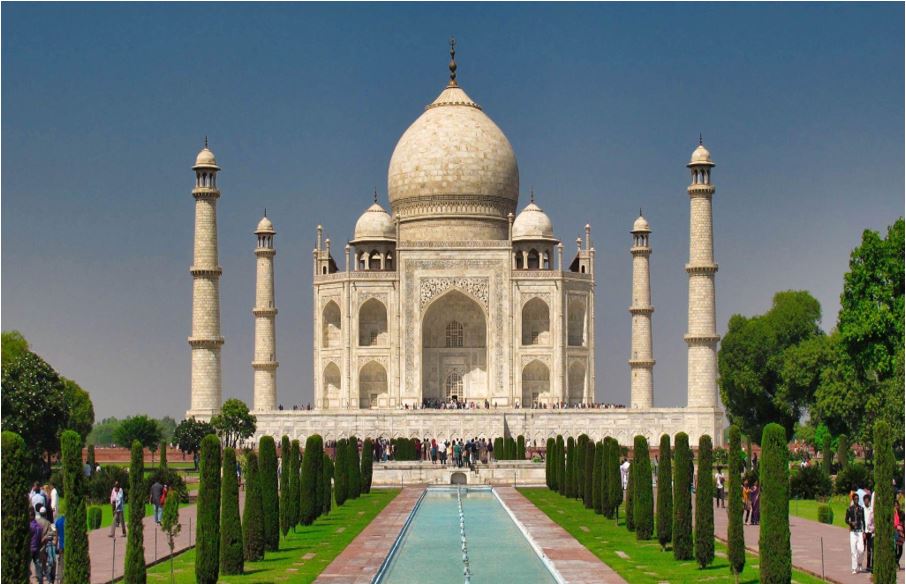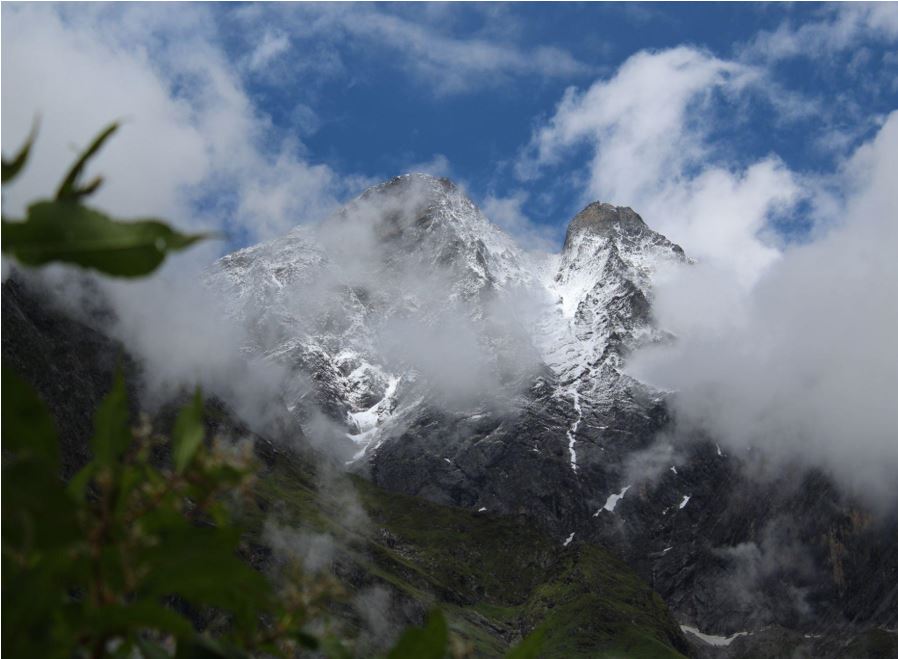Must See UNESCO Heritage Sites in India
India is home to forty UNESCO heritage sites, many known for their cultural importance and a peek into the rich ways of some of the earliest civilisations of the world . Most of the heritage sites in the country date back thousands of years, and make it a great way to wonder at these architectural wonders still looking intact today.
Besides, many national parks and reserved forests together create a diverse set of heritage sites in the country, making it almost impossible to choose one over the other.
Explore more as you read about some very renowned and must see UNESCO Heritage sites in India.
A Tourist arriving in India is overwhelmed by the choices of world heritage sites. The sites stand testimony to the ancient civilization of India that is unparalleled. Before you visit India, ensure that you have read the Indian Visa Requirements, you also need to get either an Indian Tourist Visa or Indian Business Visa.
Ajanta Caves
The 2nd century Buddhist caves in the state of Maharashtra are one of the must see heritage sites in India. The rock cut cave temples and Buddhist monasteries are famous for their intricate wall paintings depicting life and rebirths of Buddha and other deities.
The cave paintings come to life by vibrant colours and carved figures, making it a masterpiece of Buddhist religious art.
Ellora Caves
World’s largest rock cut temples from 6th and 10th century, the Ellora Caves are an epitome of ancient Indian architecture . Located in the state of Maharashtra, the temple caves depict Hindu, Jain and Buddhist influences on its thousands of years old wall carvings.
The pinnacle of 5th century Dravidian style temple architecture, housing many of the world’s largest Hindu rock cut temples, these attractions are one of the must see places in India.
Great Living Chola Temples
The group of Chola temples, built by the Chola dynasty, are the set of temples scattered all over South India and the neighbouring islands. The three temples built under the 3rd century Chola dynasty are a part of UNESCO World Heritage site.
A magnificent representation of the temple architecture from the time and the Chola ideology, the temples together make up for the most well preserved structures representing ancient India.
Taj Mahal

One of the wonders of the world, this monument does not need any introduction. Many travel all the way to India just to marvel at the glimpse of this white marble structure, the 17th century architecture built under the Mughal dynasty.
Known as an epic symbol of love, many poets and writers have struggled to describe this beautiful work of man through the mere use of words. “A teardrop on the cheek of time”- these were the words used by the legendary poet Rabindranath Tagore to describe this seemingly ethereal monument.
READ MORE:
Read about Taj Mahal, Jama Masjid, Agra Fort and many other marvels in our Tourist Guide to Agra .
Mahabalipuram
Located on a strip of land between the Bay of Bengal and the Great Salt Lake, Mahabalipuram is also known among the oldest cities in South India, built in the 7th century by the Pallava dynasty.
The seafront location, along with cave sanctuaries, vast ocean views, stone carvings and a truly magnificent structure standing in a way that defies gravity, this heritage site is definitely one of the best in India.
Mahabodhi Temple, Bodh Gaya
India is where Buddhism first emerged. Buddhist monasteries are abundant in India. One of India's ancient Buddhist temples is the Mahabodhi Temple. This UNESCO World Heritage site is first built by the renowned emperor Ashoka in the 3rd century BC. The present one dates from 5th - 6th century BC.
The architectural importance of this temple is linked to Buddha. This is a must-visit location if you're interested in Buddhism and would like to learn more about the life of the Buddha as well as his teachings and enlightenment journey.
Valley of Flowers National Park

Settled in the lap of Himalayas in the state of Uttarakhand, the Valley of Flowers National Park is one of the world’s prettiest sites. The vast valley with alpine flowers and fauna stretches far and wide with almost unreal views of the Zanskar ranges and the Greater Himalayas.
In the blooming season of July to August, the valley is covered in various colours showcasing the mountains dressed in a blanket of gorgeous wildflowers.
It is really okay to even travel a thousand miles just for the views of a valley like this!
READ MORE:
You can learn more about vacationing experiences in Himalayas in our Vacation In Himalayas for visitors guide.
Nanda Devi National Park
Known for its remote mountain wilderness, glaciers and alpine meadows, this park is located around Nanda devi, the second highest mountain peak in India. A spectacular natural expanse in the Greater Himalayas, the park’s inaccessibility at more than 7000 ft makes its natural surroundings intact, like a truly undiscovered paradise.
The reserve remains open from May to September, which is the best time to witness the contrasts of nature just before the winter months.
Sunderban National Park
The mangrove area formed by the delta of majestic Ganga and Brahmaputra rivers draining in the Bay of Bengal, Sunderban National Park remains of global importance for its many endangered species, including the magnificent Royal Bengal tiger.
A boat trip to a quiet mangroove beach, ending at a watchtower offering views of the forest housing many rare bird species and animals is one of the best ways to experience the rich wildlife in the delta, which is also known to create the largest mangrove forest in the world.
Elephanta Caves
Predominantly dedicated to the Hindu deities, the caves are a collection of temples located on Elephanta Island in the state of Maharashtra. For a lover of architectural techniques, these caves are a must see sight for its ancient Indian building style.
The island caves are dedicated to the Hindu God Shiva and date back as early as the 2nd century BC of Kalachuri dynasty. A collection of seven caves in total, this is a place sure to be included on the list of most mysterious heritage sites in India.
Manas Wildlife Sanctuary, Assam
The Manas Wildlife Sanctuary is popularly known for its breathtaking views. This site has a wide variety of flora & fauna which fascinates tourists from all over the world. This wildlife sanctuary is also known for its tiger reserve and also protecting rare species of animals, birds & plants. The visitors can see pygmy hog, hispid hare and golden langur, as well as 450 species of birds. Explore Jungle safaris and also always remember not to harm any of the plants or animals in the sanctuary. This UNESCO Heritage Site is a nature’s lap which is a must-visit place for all nature lovers.
Agra Fort, Agra
This red stone fort is also known as the Red Fort of Agra. Before Agra was replaced with Delhi as the capital in 1638, this served as the Mughal Dynasty's primary home. The Agra Fort is listed as a World Heritage Site by UNESCO. It is located nearly 2 and half kilometres northwest of the Taj Mahal, its more well-known sister monument. Calling the fort a walled city would be a more appropriate description. The tourists must explore the Agra Fort which mirrors India’s rich history & architecture.
While these are just a few among many other heritage sites in India, with the places being renowned worldwide for their true historical and environmental importance, a visit to India would only be complete with a glimpse of these amazing heritage sites.
Citizens of many countries including Cuban citizens, Spanish citizens, Iceland citizens, Australian citizens and Mongolian citizens are eligible to apply for Indian e-Visa.